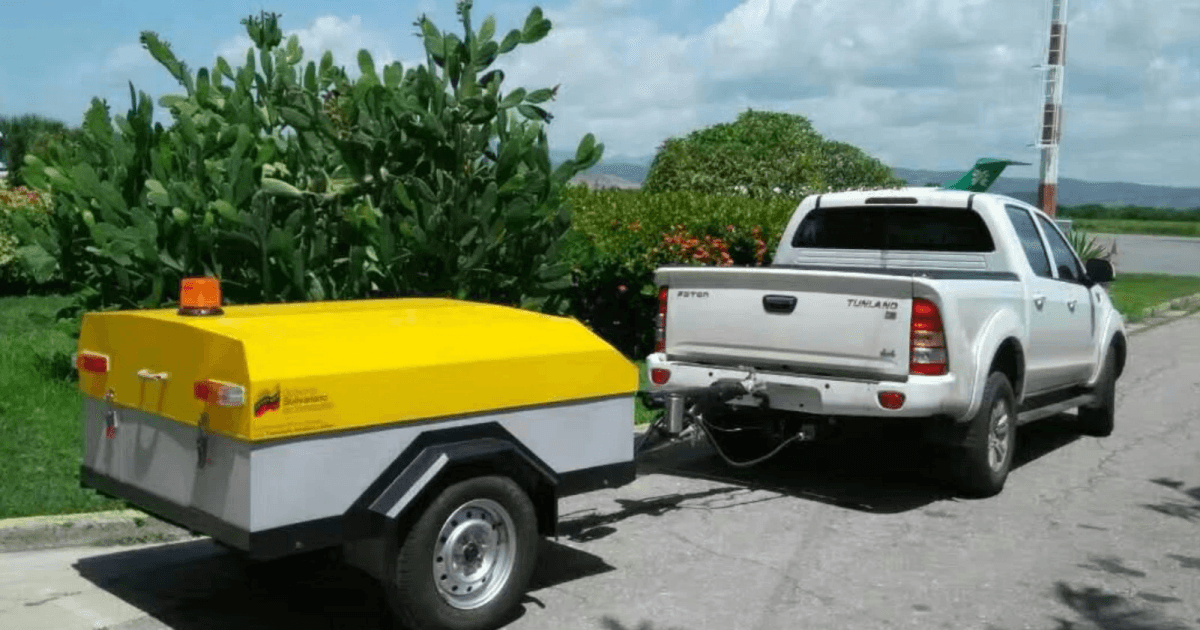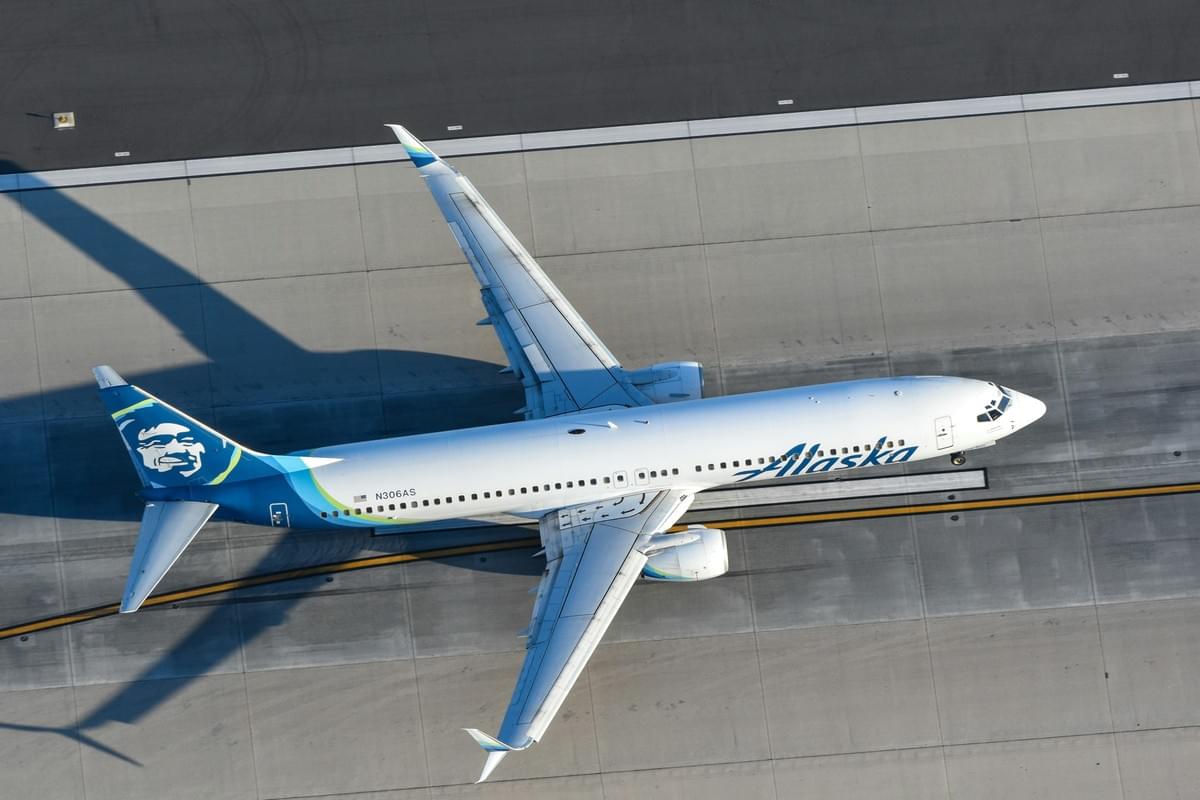Introduction

When it comes to ensuring the safety and efficiency of aircraft operations, understanding runway friction is crucial. Accurate friction measurement plays a vital role in maintaining safe landing and takeoff conditions for aircraft. Runway safety and friction testing are essential components of airport operations, ensuring that runways are safe for aircraft to operate on.
Understanding Runway Friction
Runway friction refers to the resistance between an aircraft's tires and the runway surface during landing or takeoff. This resistance directly impacts the performance of an aircraft, making it essential to accurately measure and maintain proper friction levels on runways.
Importance of Accurate Friction Measurement
Accurate friction measurement is critical for assessing runway conditions and ensuring safe operations for aircraft. It allows airports to identify potential hazards, such as ice or standing water, that could affect runway friction and pose risks to aircraft during takeoff and landing.
Runway Safety and Friction Testing
Friction testing plays a pivotal role in maintaining runway safety by providing essential data on surface conditions. By conducting regular friction tests, airports can identify areas that require maintenance or treatment to ensure optimal friction levels for safe aircraft operations.
What is Runway Friction?

Runway friction refers to the force that resists an aircraft's movement on the ground surface. It is a critical factor in ensuring safe takeoffs and landings, as it directly impacts an aircraft's ability to accelerate, decelerate, and maneuver on the runway.
Definition and Importance
Runway friction is defined as the resistance between the tires of an aircraft and the surface of the runway. Accurate measurement of this friction is crucial for maintaining safe operations at airports. It allows pilots and air traffic controllers to make informed decisions about runway conditions, especially during adverse weather.
Impact on Aircraft Performance
The level of friction on a runway significantly affects an aircraft's performance during takeoff, landing, and taxiing. Low friction can lead to reduced braking efficiency, longer stopping distances, and potential loss of control during critical phases of flight. Conversely, high friction can cause excessive wear on tires and brakes.
Factors Affecting Runway Friction
Several factors can influence runway friction levels, including surface contaminants such as rubber deposits, oil residue, or standing water. Additionally, environmental conditions like temperature and humidity play a significant role in determining the overall grip between an aircraft's tires and the runway surface.
How Is Friction Measured?
Friction is measured through various methods to ensure the safety and performance of airport runways. Surface friction testers are commonly used to assess the friction coefficient of runway surfaces, providing crucial data for pilots and airport authorities. These testers are equipped with specialized tires and advanced technology to accurately measure the friction levels on different types of runways.
Introduction to Surface Friction Testers
Surface friction testers are essential tools for measuring the coefficient of friction on airport runways. These devices utilize specialized tires compliant with international aviation standards, such as CAAC, ICAO, and FAA, to simulate aircraft landing and takeoff conditions. By measuring the resistance between the tires and runway surface, surface friction testers provide critical data for assessing runway safety and performance.
Haisen's BHM01/02 Surface Friction Tester

Haisen's BHM01/02 Surface Friction Tester is a cutting-edge device designed for reliable and accurate friction testing. With a focus on safety design, reliability, and precision calibration, this state-of-the-art equipment ensures consistent and trustworthy measurement results. Equipped with high-precision components and an industrial-grade laptop with a Chinese interface, it offers unparalleled performance in assessing runway friction.
Coefficient of Friction Testing Equipment
In addition to surface friction testers like Haisen's BHM01/02, there is a wide range of coefficient of friction testing equipment available in the market. These devices are designed to measure the resistance between two surfaces in contact, providing valuable insights into their interaction dynamics. From portable handheld devices to advanced computer-controlled systems, coefficient of friction testing equipment plays a vital role in ensuring runway safety through accurate measurement.
By utilizing advanced technology such as Haisen's BHM01/02 Surface Friction Tester and other coefficient of friction testing equipment, airports can enhance their runway safety measures by accurately measuring the level of surface traction for aircraft operations.
RFT Services and Technology

The Role of Friction Testing Services
Friction testing services play a crucial role in ensuring the safety of airport runways by accurately measuring and monitoring runway friction levels. These services utilize advanced equipment and technology to provide reliable data for airport authorities, enabling them to make informed decisions about runway maintenance and safety measures.
Advancements in Runway Friction Technology
With advancements in technology, runway friction testing has become more precise and efficient. State-of-the-art equipment such as Haisen's BHM01/02 Surface Friction Tester incorporates high-precision components and computer control for accurate and reliable measurements. This technological evolution has significantly improved the accuracy of friction testing, leading to enhanced safety standards for airports worldwide.
ASFT: Advanced Surface Friction Testing
ASFT, or Advanced Surface Friction Testing, represents the next level of runway friction measurement technology. ASFT systems are designed to provide comprehensive data on runway surface conditions, including the coefficient of friction testing equipment that ensures precise measurements. By utilizing ASFT technology, airports can proactively address potential safety hazards and optimize runway maintenance strategies.
By leveraging innovative technology such as Haisen's BHM01/02 Surface Friction Tester and ASFT systems, airports can enhance their operational efficiency while prioritizing passenger safety.
The Meaning of RFT

RFT, or Runway Friction Testing, is the process of measuring the friction levels on airport runways to ensure safe aircraft operations. This involves using specialized equipment to assess the coefficient of friction, or how easily an aircraft can stop or maintain control on a particular surface.
Understanding the Term RFT
Runway Friction Testing (RFT) refers to the practice of evaluating the friction levels on airport runways to guarantee safe take-offs and landings for aircraft. This process involves using advanced equipment and technology to accurately measure the coefficient of friction, providing crucial data for pilots and airport authorities.
Real-world Applications
The real-world applications of RFT are evident in its impact on aviation safety. By accurately measuring runway friction, pilots can make informed decisions about approach and landing speeds, reducing the risk of accidents caused by poor surface conditions. Additionally, airport authorities use this data for maintenance and operational planning.
Importance for Airport Safety
The importance of Runway Friction Testing for airport safety cannot be overstated. Accurate measurements allow airports to proactively address potential hazards and ensure that runways meet required safety standards. By regularly conducting RFT services, airports can minimize risks associated with adverse weather conditions and maintain optimal runway conditions for safe operations.
Advancements in Friction Testing

With the advancement of technology, friction testing methods have evolved to provide more accurate and reliable results. The introduction of automated friction testing equipment has significantly improved the efficiency and precision of friction measurement. These innovations have streamlined the process of gathering crucial data for runway safety and aircraft performance.
Evolution of Friction Testing Methods
The evolution of friction testing methods has seen a shift towards automated and computer-controlled systems, allowing for more consistent and repeatable results. This has eliminated human error and increased the reliability of friction measurements. The use of advanced sensors and data analysis techniques has further enhanced the accuracy of friction testing, ensuring that airports have access to precise information for runway maintenance.
The shift towards automated and computer-controlled systems in friction testing methods has not only improved the consistency and repeatability of results but has also allowed for real-time data collection and analysis. This means that airports can make informed decisions about runway maintenance quickly, reducing the risk of accidents due to poor runway conditions. Additionally, the use of advanced sensors has enabled friction testing equipment to provide more comprehensive data, including surface roughness and contamination levels, giving airport authorities a more holistic view of runway conditions.
Innovations in Friction Testing Equipment
Innovations in friction testing equipment, such as Haisen's BHM01/02 Surface Friction Tester, have revolutionized the way runway friction is measured. These state-of-the-art devices are designed with safety, reliability, and precision in mind. With features like high-precision components, specialized test tires compliant with aviation regulations, and computer-controlled operation, these advanced testers provide airports with essential data for ensuring safe landing and takeoff conditions.
Future of Runway Friction Measurement
The future of runway friction measurement is poised for further advancements in technology to meet the increasing demands for accuracy and efficiency. As airports continue to prioritize safety and operational excellence, there will be a continued focus on developing even more sophisticated friction testing equipment. Additionally, advancements in data analysis techniques will enable airports to derive valuable insights from friction measurements, leading to proactive maintenance strategies that enhance overall runway safety.
As technology continues to evolve, there is potential for the integration of artificial intelligence and machine learning algorithms into friction measurement equipment. This could enable real-time analysis of runway conditions, allowing airports to quickly respond to changes in friction levels and take proactive measures to maintain safe landing and takeoff surfaces. By harnessing the power of AI, airports can enhance their ability to predict and prevent runway hazards, ultimately improving overall aviation safety.
Conclusion

Accurate friction testing is crucial for ensuring runway safety and optimizing aircraft performance. The role of technology in friction measurement cannot be overstated, with advancements like the ASFT system revolutionizing the way friction is tested. Continuous improvements in friction testing equipment, such as Haisen's BHM01/02 Surface Friction Tester, are driving the industry forward and setting new standards for reliability and precision.
Ensuring Runway Safety with Accurate Friction Testing
Runway safety hinges on accurate friction testing to provide pilots with crucial information about surface conditions. RFT services play a vital role in this process, offering comprehensive measurements and analysis to ensure safe takeoffs and landings. With reliable equipment like Haisen's BHM01/02 Surface Friction Tester, airports can maintain high safety standards through precise measurements.
The Role of Technology in Friction Measurement
Technology has transformed the way friction is measured, with advanced systems like ASFT providing real-time data for improved decision-making. These innovations have elevated the accuracy and efficiency of friction testing, allowing airports to proactively manage runway conditions and enhance overall safety. With cutting-edge technology at their disposal, airport authorities can make informed decisions that directly impact aircraft performance.
Continuous Improvements in Friction Testing Equipment
The evolution of friction testing equipment has led to significant improvements in reliability, precision, and ease of use. Haisen's BHM01/02 Surface Friction Tester exemplifies this progress with its safety design, high-precision components, and specialized test tires compliant with international standards. These advancements not only ensure accurate measurements but also contribute to the overall efficiency of runway maintenance and safety protocols.
By embracing cutting-edge technology and continuously improving friction testing equipment, airports can uphold the highest standards of safety for both passengers and crew members while optimizing operational efficiency.
